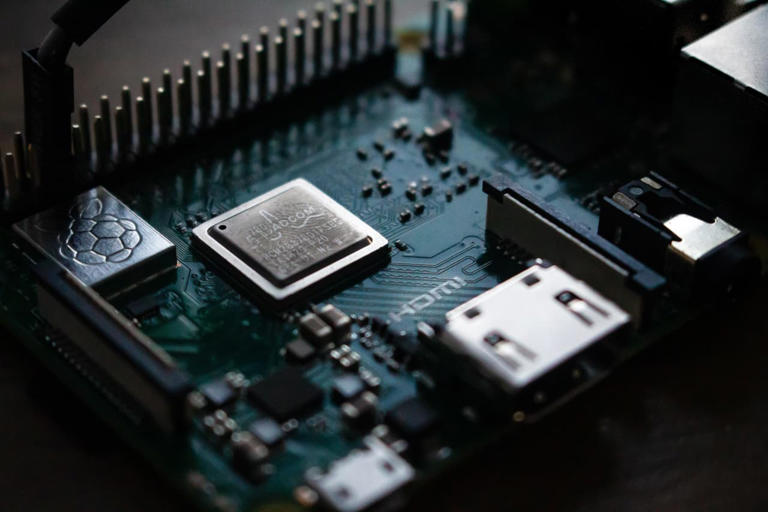Micron Technology’s recent decline, along with its impact on the broader semiconductor sector, highlights the challenges faced by chip stocks amidst high expectations, particularly in the realm of artificial intelligence (AI). Despite Micron’s significant gains over the past year, which saw its stock more than double, it faced a notable setback with a 7.1% drop. This decline reverberated across the sector, influencing other key players like Nvidia and Qualcomm, albeit to a lesser extent.
The dip in Micron’s stock price came despite the company surpassing Wall Street’s earnings forecasts for the May-quarter. However, it appears to have fallen short of “whisper numbers,” unofficial estimates by analysts that are often more optimistic and selectively communicated. These higher expectations likely stemmed from Micron’s position as a pivotal player in supplying memory chips, particularly high-bandwidth memory (HBM), crucial for AI accelerators used in cutting-edge processors from major tech giants like Nvidia.
Micron reported robust growth in data center demand, driven significantly by AI applications, with its HBM chips alone generating over $100 million in revenue for the quarter. Looking forward, Micron anticipates this figure to rise significantly into the billions next year. Despite these positive indicators, the market reaction suggests that the actual performance may not have matched the heightened anticipation.
The semiconductor industry’s recent performance has outpaced that of software companies over the past year, a trend that has raised concerns about potentially stretched valuations for hardware-centric businesses that are inherently cyclical. This concern is now manifesting in a potential market reversion, where investors may be reassessing their positions in semiconductor stocks despite overall positive sentiment from Wall Street analysts.
Piper Sandler analyst Harsh Kumar, for instance, remains bullish on Micron’s prospects, citing ongoing improvements in end-market demand and tight supply conditions that are expected to persist well into 2025. Kumar raised his target price on Micron from $130 to $150, maintaining an Overweight rating on the stock based on these optimistic growth projections.
In conclusion, while Micron Technology continues to benefit from robust demand in AI-related sectors and positive analyst sentiment, the recent market reaction underscores the challenge of meeting elevated investor expectations. As the semiconductor sector navigates these dynamics, future performance will hinge on sustained innovation, market demand dynamics, and the ability to deliver on anticipated growth trajectories.
